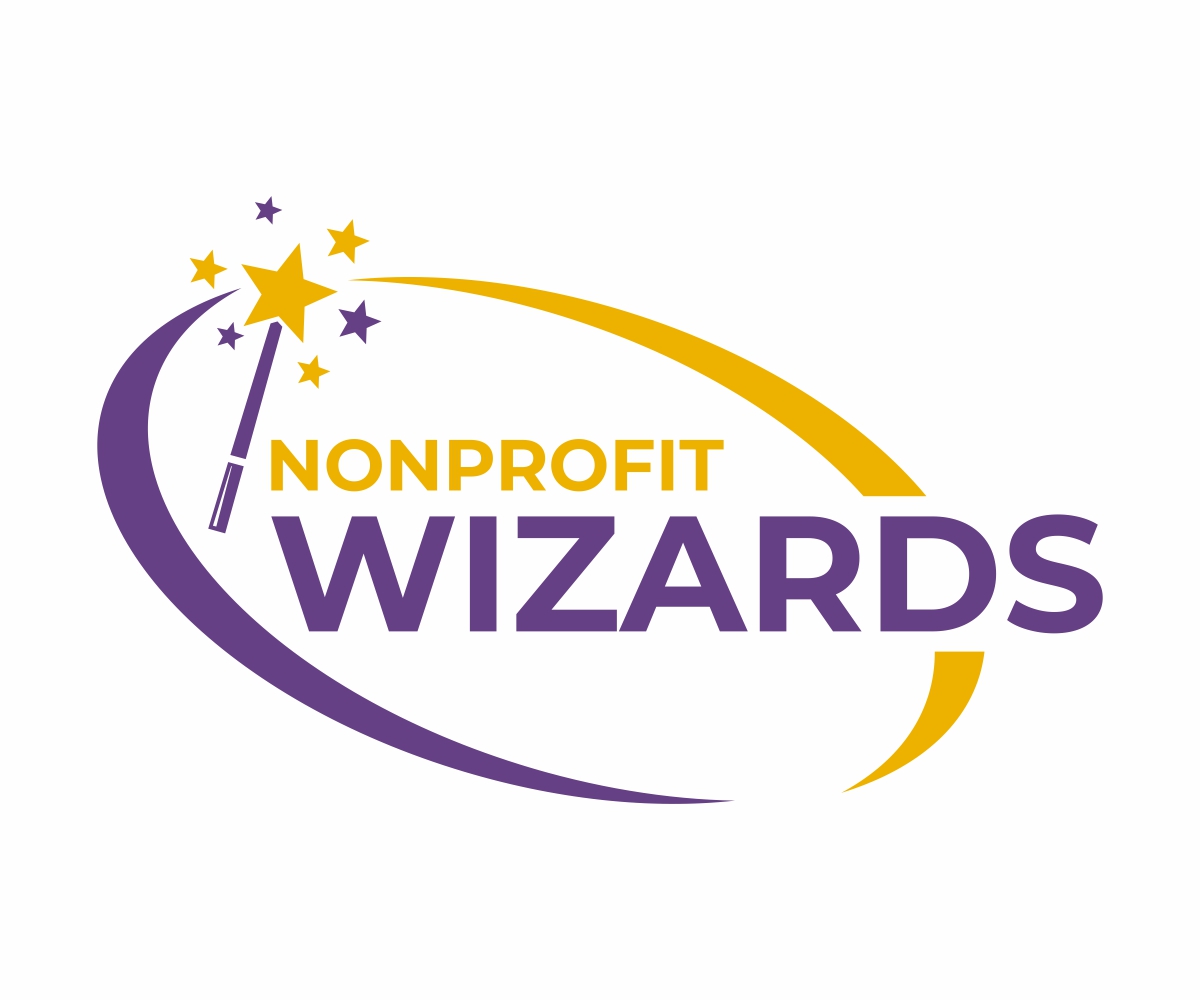Back on the farm, dear old Granddad wasn’t easily impressed. He had high expectations for us kids, and often acknowledged our achievements with indifference…to “keep us humble,” he would say. (After he passed, we found the scrapbook where he kept notes, newspaper clippings, etc. of his grandchildren, demonstrating that he cared more than he let on.)
I recall one time I was particularly proud of myself for fixing a tractor. Upon learning of my conquest, he replied, “Well that proves it; even a blind hog finds a corn cob, if he walks around enough!”
In other words: everybody gets lucky every now and then.
Luck smiles on hard workers
To be fair, I’m the kind of person who could use some “externally-applied humility”…a fact he was well aware of.
However, I chose to look at Granddad’s wisdom a little differently. To me, the message is this: even if you aren’t the most talented, you’ll still win your share if you put forth a good effort.
Nonprofit CEOs often ask me how they can become better fundraisers. Now, there are many nuances that make an outstanding fundraiser, definitely more than I know of.
This, however, I do know: you can be a better-than-average fundraising CEO simply by demonstrating a passion for your cause, and then making calls. In fact, being willing to make calls is more important than passion.
It’s a numbers game
CEOs wince when I tell them: “It’s a numbers game.” I wish this wasn’t true. I know it conjures up images of insurance sales.
But it is true.
Ask any veteran fundraiser and, if they’re being honest, they’ll agree. The amount of money given to your organization over time is directly proportional to the number of people you call on (I include corporate and foundation prospects as “people”; after all, at some point a person makes the decision).
As David Lansdowne says in his excellent book Fund Raising Realities Every Board Member Must Face, the secret lies in asking: “The most important reason people give is because someone asked them.”
So, the easiest way to become a better fundraiser is to start calling on people. The more people you call on, the more gifts you’ll get…even if you don’t have any idea what you’re doing!
Two per day, two per week
“But how many calls should I be making, exactly?”
This is frequently the next question I get after a CEO accepts that he or she needs to be making more calls. My answer is always the same: don’t worry about finding the optimal number. Don’t let “analysis paralysis” keep you from making calls.
Find a number you can realistically see yourself doing every day. You want consistency. Don’t blitz through 100 calls in the next 5 days. It will burn you out. Plus, the conversations will all blur together and you won’t be building relationships.
I recommend two per day. If you think that sounds low, keep reading.
Who should you call? Take a piece of paper and list 100 people who are most key to your organization’s success. Don’t get bogged down in fancy metrics…in fact, don’t think too hard about it at all! Just start writing. Donors, prospective donors, board members, elected officials-the names should just come to you. If you have a Director of Development, brainstorm your list together over coffee.
Dial the first two names on the list. If you get voice mail, that’s fine; leave a message and make note of the date you called so you can follow up again in the future. If you do get them on the phone, tell them you appreciate their support. Ask them what they think of the organization; what you do that they like and what they wish you would do that you’re not doing presently.
If the conversation goes well, ask them to meet you over coffee. Strive to schedule two face to face meetings per week.
When you’ve done your two calls, move on to the next thing.
Tomorrow call two more people. Call two the following day. If you miss a day of calling, call four the next day. WARNING: if you start to cheat (I’m too busy today, I’ll just do four tomorrow), it becomes a slippery slope. Four becomes six; six becomes eight, and so on.
Remember your original list of 100? Keep it handy, because you’ll keep adding names to it (I suggest storing this list in Evernote). Names will pop into your head during staff meetings. The board members and donors you meet with will mention names.
A little can do a lot
When I suggest this system, people often balk. “Two per day? I can do WAY more than that!”
But let’s stop and think about it.
If you’re calling two brand new people every day, and you work 250 days in a year (excludes weekends and some holidays/vacation days), that means you will reach out to 500 people! And, if you have face-to-face meetings with two people per week, for 50 weeks, you will meet with 100 people!
How many did you do last year?
If it was more than that, I applaud you. If it was less, I suggest you implement 2 per day/2 per week immediately.
Put yourself in position to be lucky
As I said in the beginning, luck smiles on hard workers.
THE FOLLOWING IS A TRUE STORY.
I recall one time I called a donor to thank her for her gift to our end-of-year appeal. It was a small gift – $25 I think – but she’d given consistently for ten years or so.
The conversation was short, and somewhat awkward: “Mrs. Donor, this is Darren Macfee calling from the museum to tell you thanks for your recent gift.”
“That’s nice, Darren. I’m just heading out the door for an appointment so I will have to go now. Goodbye.”
I hung up the phone amid feelings of disappointment at the terse conversation. Then I went on about my day.
A week later, my phone rang. “Darren,” it was a staff member at the front desk, “a woman is here asking to see you. Can you come down?”
I wasn’t expecting anyone. It was a couple of days before Christmas and my calendar was empty. As I approached the front desk, I was greeted by a kindly older woman whom I’d never met before. “Darren?” she started, “I’m Mrs. Donor. We spoke last week.”
“Oh, yes!” I said enthusiastically. “What a pleasant surprise!”
As it turns out, the appointment she was heading out the door to was a visit with her accountant. At this visit her accountant had advised her to make some additional year-end gifts to charity to reduce her taxable income. My phone call – which I thought had been a disaster – reminded her of just how much she appreciated our organization. She handed me an envelope and then bid me adieu.
After she left, I opened the envelope (Granddad also told me, “never look a gift horse in the mouth”). The check was made out for $10,000! (And no restrictions.)
I don’t know that she wouldn’t have thought of us had I not made that call…but I don’t know that she would have either (she had two other envelopes with her). Indeed, sometimes we get lucky.
When has luck rewarded you for hard work?
I’d love to hear your stories of “finding a corn cob.” Use the contact us form to send me your story, and I’ll share it on this page in a future post.
Now, go make two calls before doing anything else!
Darren Macfee is the founder of the Nonprofit Wizards. His life purposes are to dispense homespun wisdom, grill a perfect meal for his family, and help nonprofit leaders create amazing results for and through their organizations. Follow him on Twitter @DarrenMacfee or send him an e-note. Be sure to sign up for alerts to be sure you never miss a post.
Join us for exclusive e-mail updates!
First Name:
Email address:
Your privacy matters. I will never share your e-mail address with anyone. I promise!

